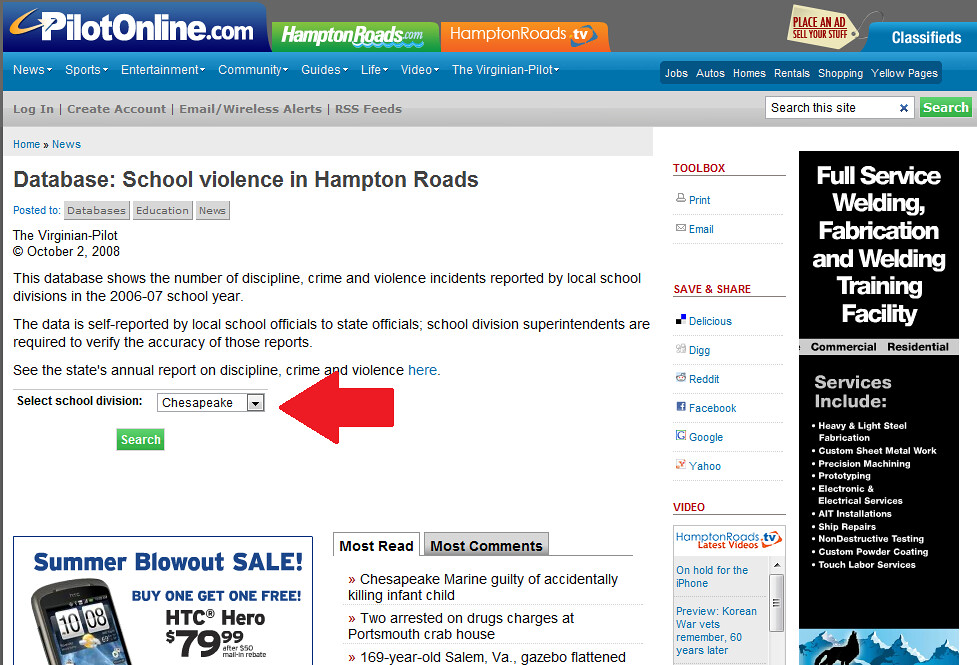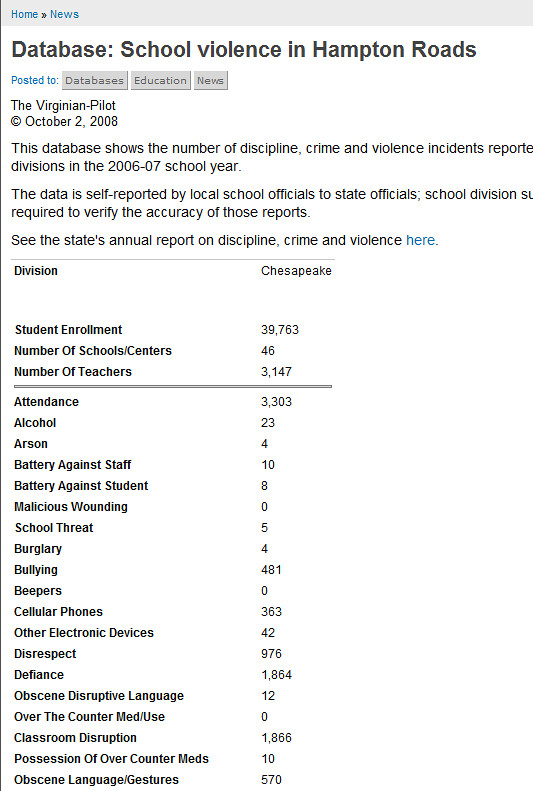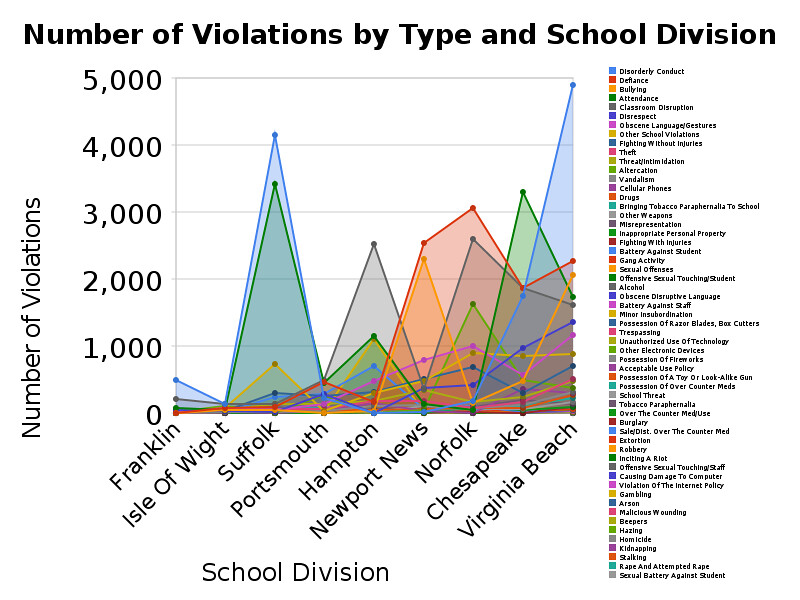It's too hard to ask a simple question about a city and get a simple answer.
- Where is the location of each road and intersection under construction in my city?
- How long has road/intersection X been under construction?
- When will road/intersection X construction project be complete?
- What is the list of each building construction permit in my city?
- Where is the location of each building construction permit in my city?
- What is the list of businesses that pay taxes in my city?
- What is the list of businesses that pay taxes in my city, by type of business?
- What is the list of how much each business paid in taxes in my city?
- Where is the location of each business that pays taxes in my city?
- What is the list of neighborhoods in my city?
- How many houses are in each neighborhood in my city?
- What is the list of schools in the city? (This should include private and church schools, too, if these schools are required to be registered with the city.)
- What is the location of each school in my city?
- What is the enrollment at each school in my city?
- How many cars are registered in my city?
- What is the list of most traveled streets in my city?
- What is the list of traffic accidents in my city?
- Where are the locations of each traffic accident in my city?
- How many pounds of garbage are collected in my city?
- How many pounds of garbage are collected in my city, by zipcode?
- How many pounds of garbage are collected in my city, by neighborhood?
- What is the list of events in my city?
- When are events occurring in my city, by time period?
- Where are events occurring in my city?
- What is the list of conditional use permits in my city?
- What is the list of all emergency response stations (fire, police, medical) in my city?
- Where are the locations of each emergency response station in my city?
- What is the number of emergency calls in my city, by time period?
- What is the list of stations responding to emergency calls, by time period?
- What is the frequency of emergency calls by station and time period?







